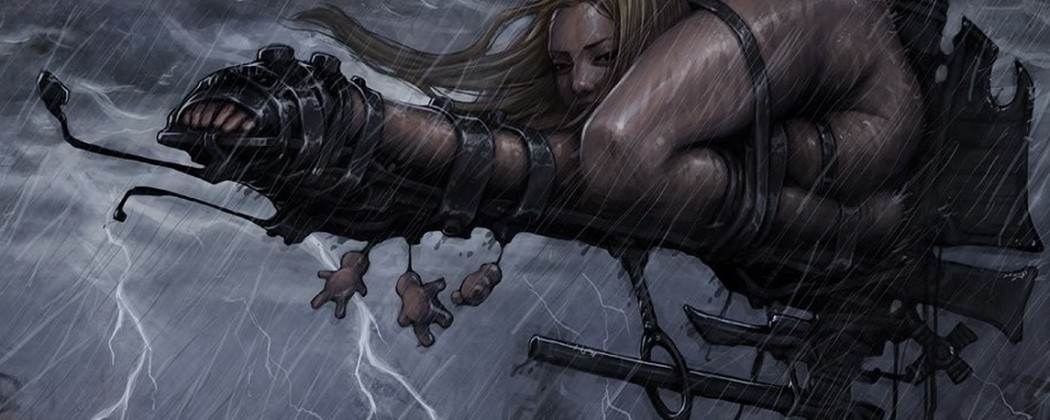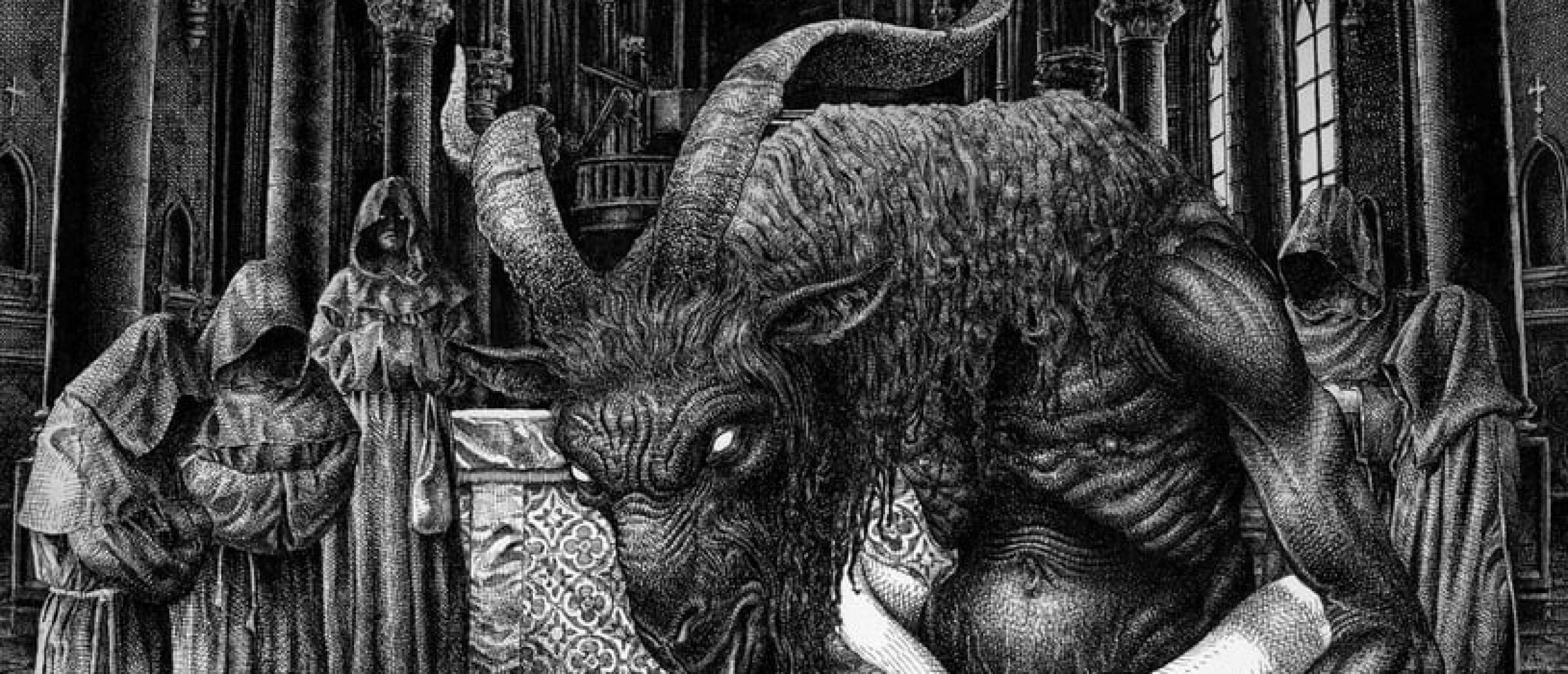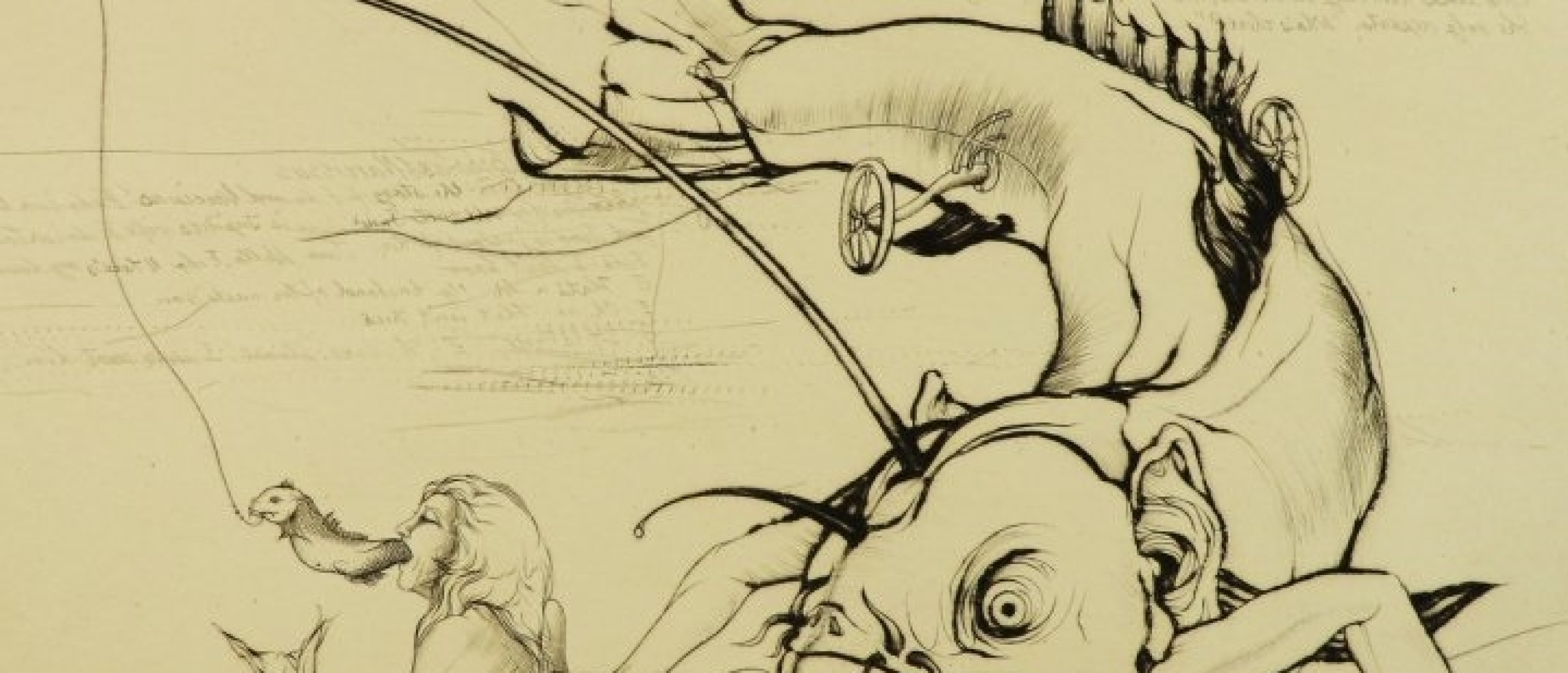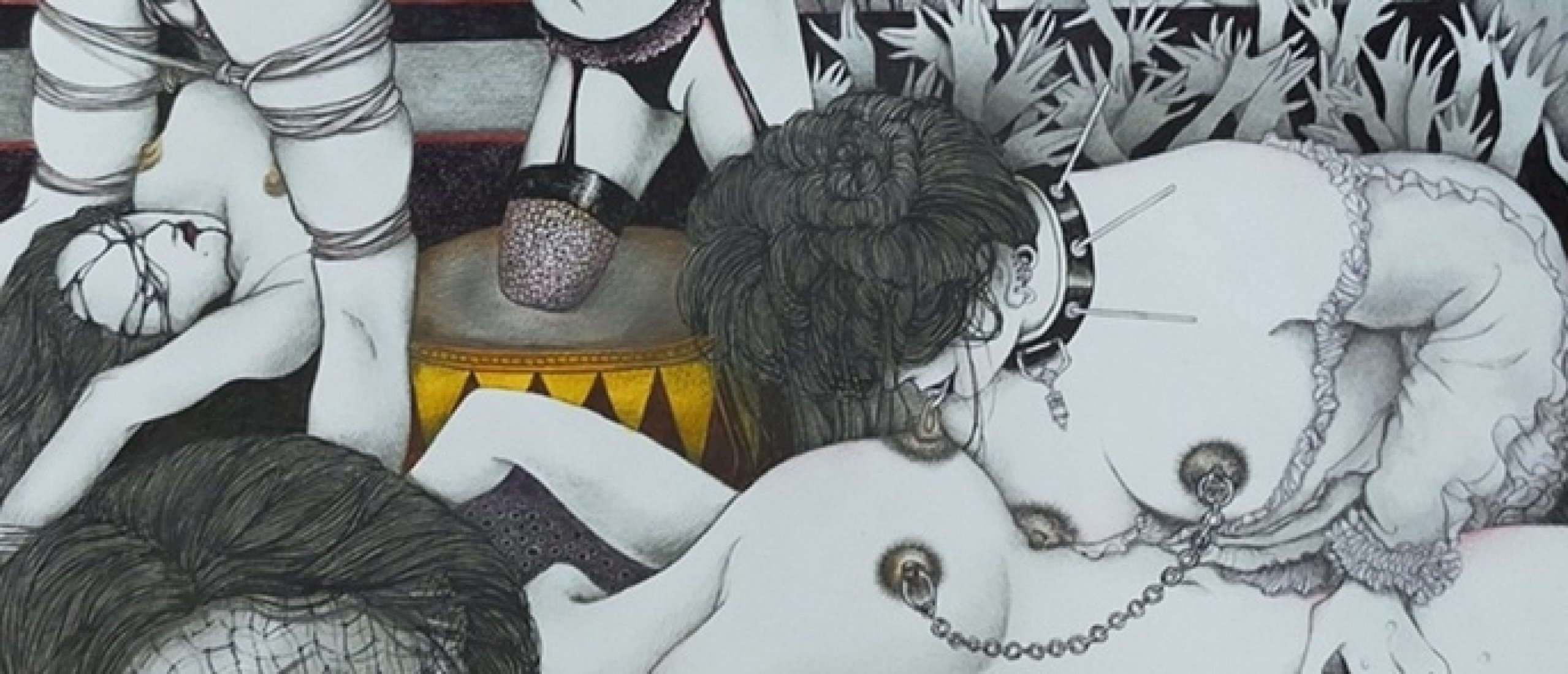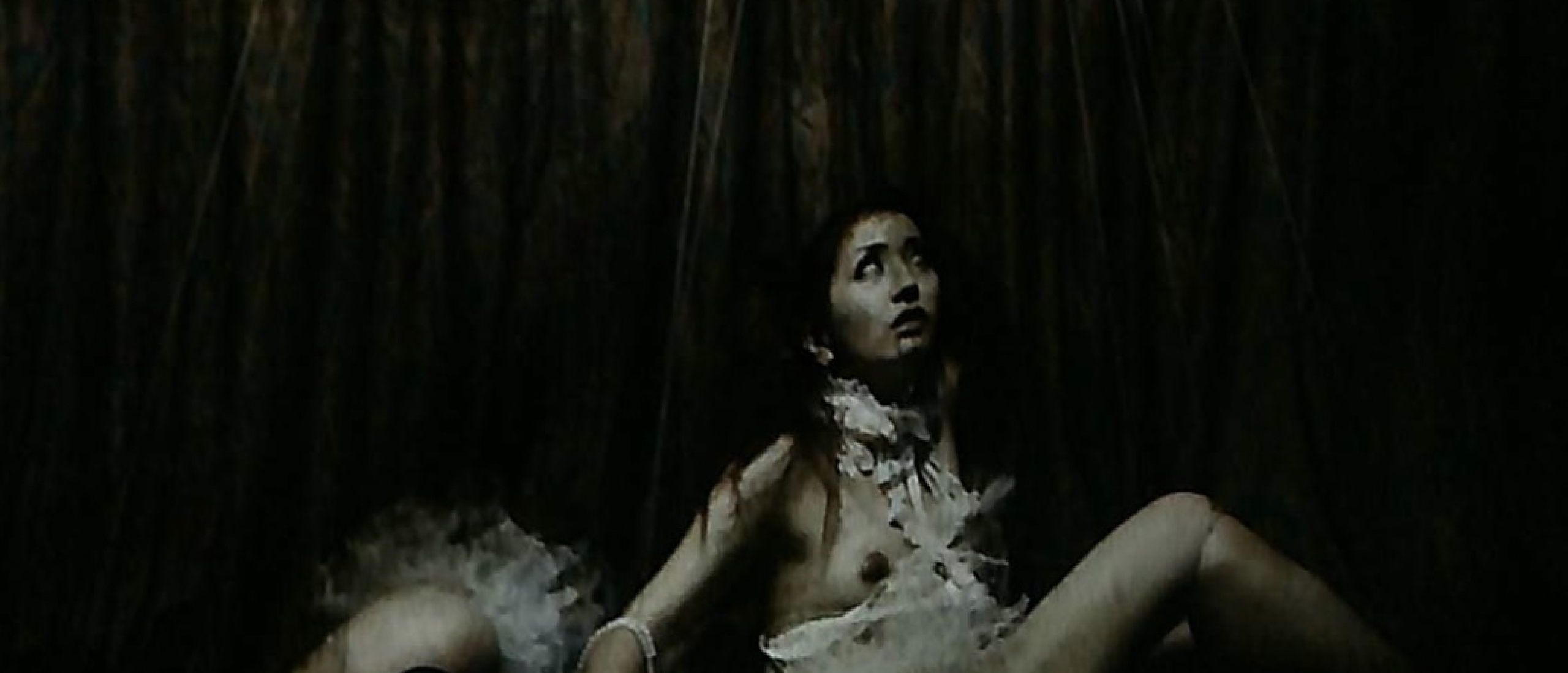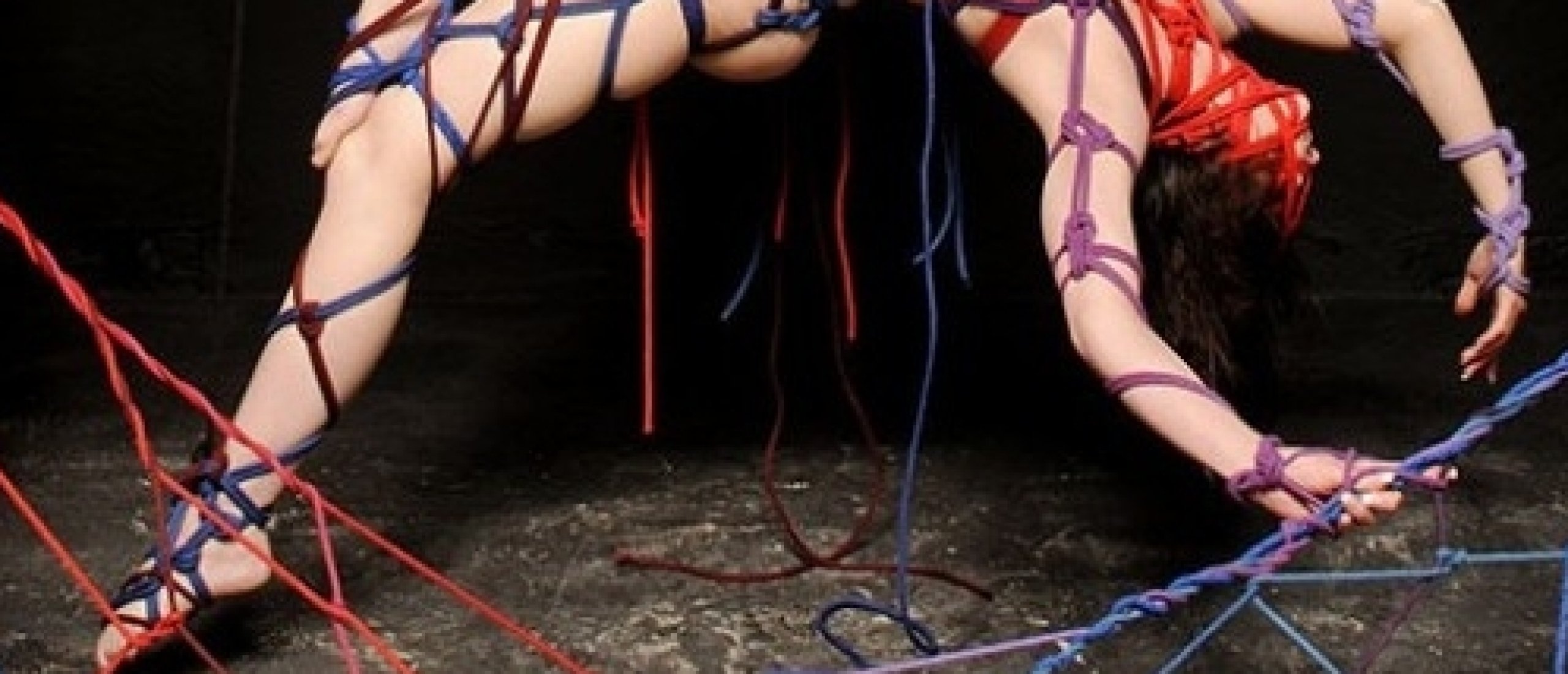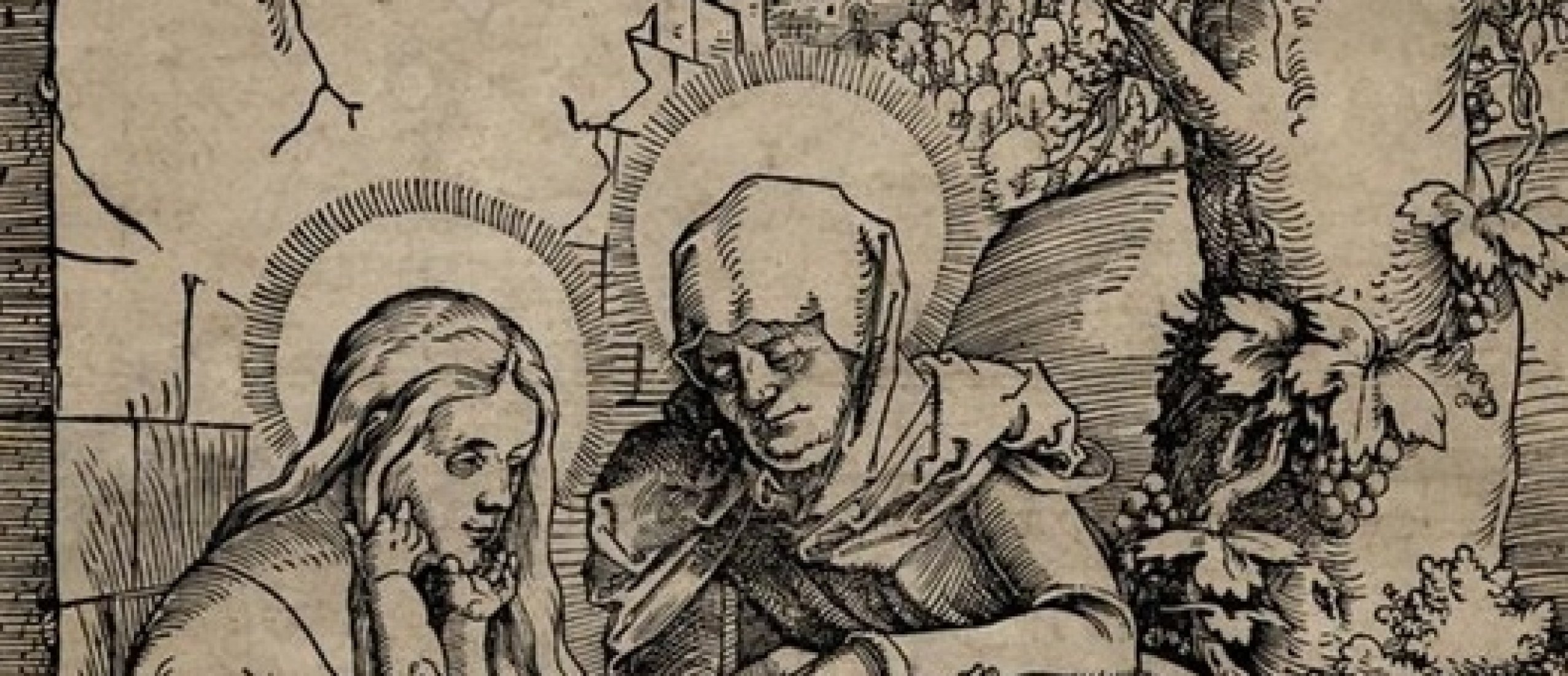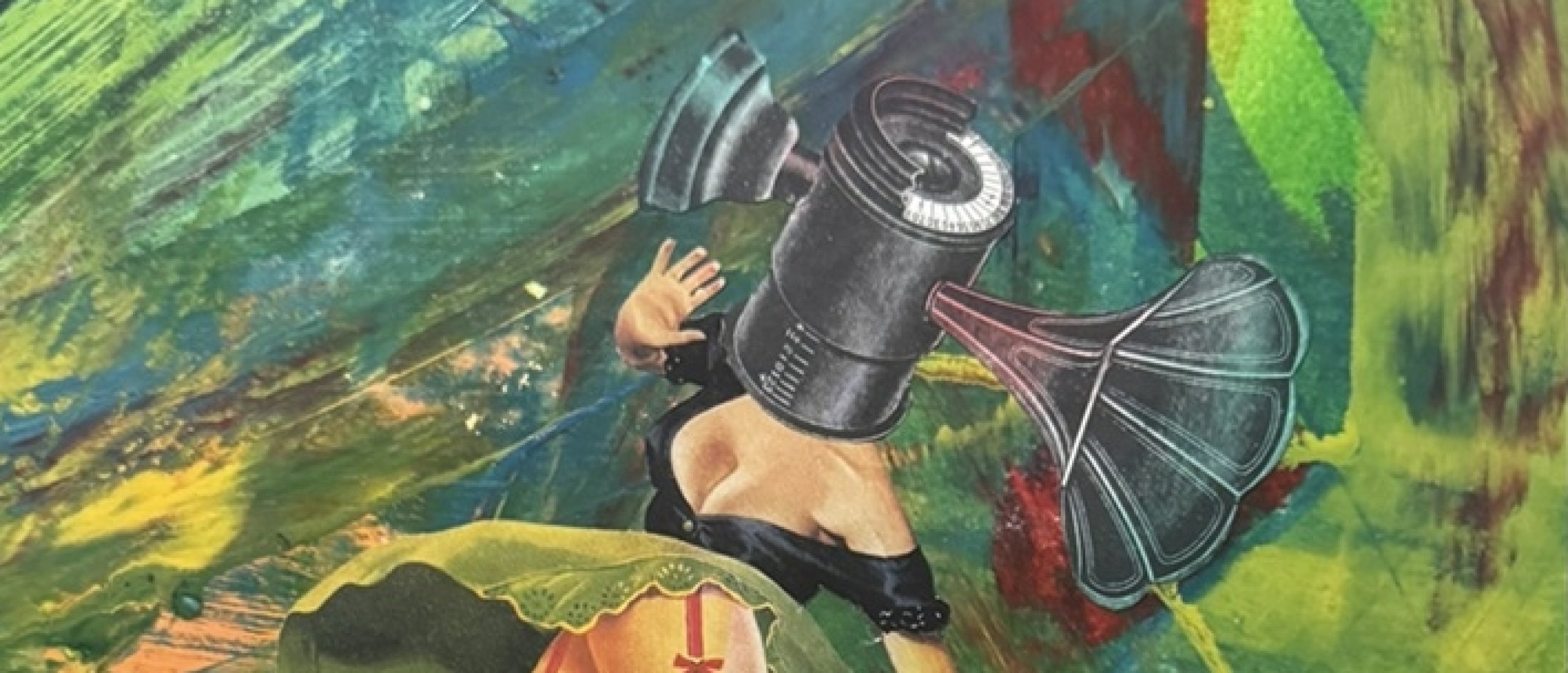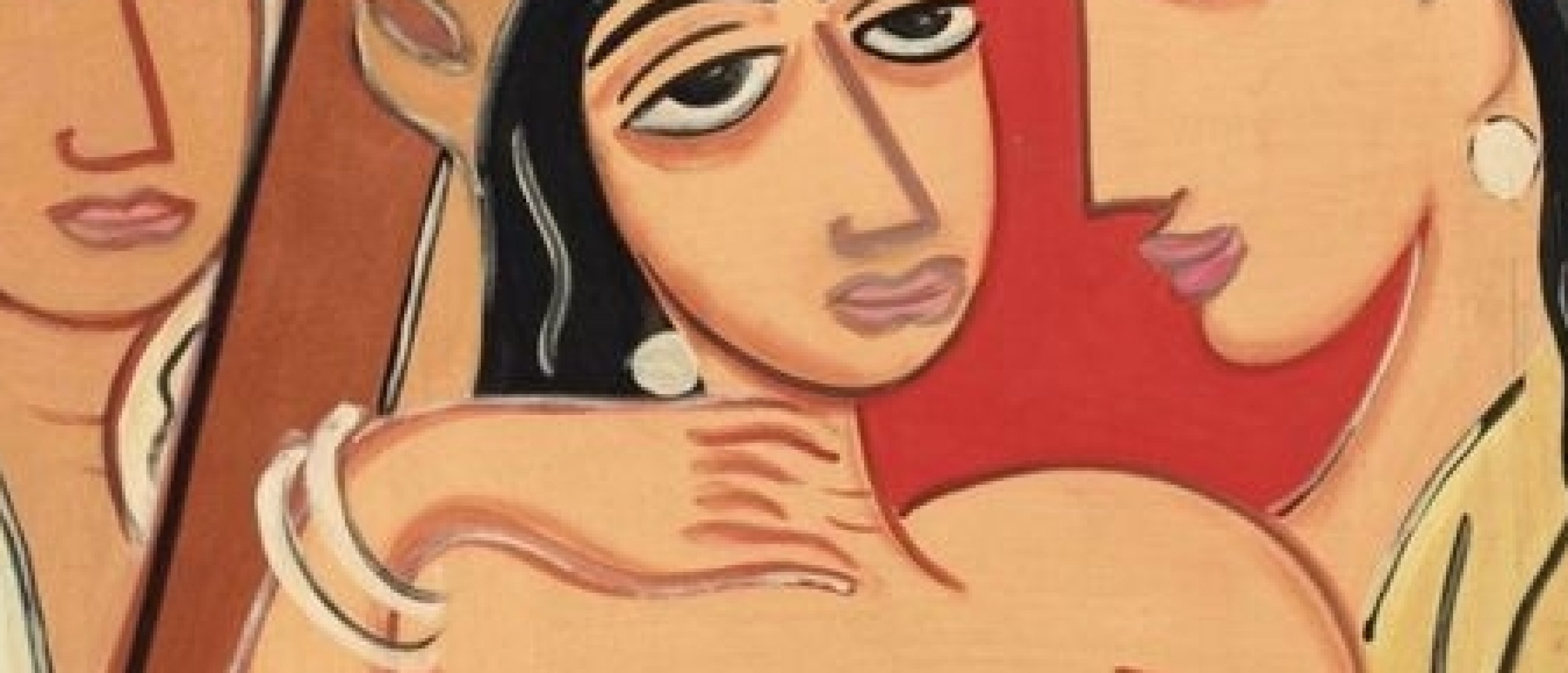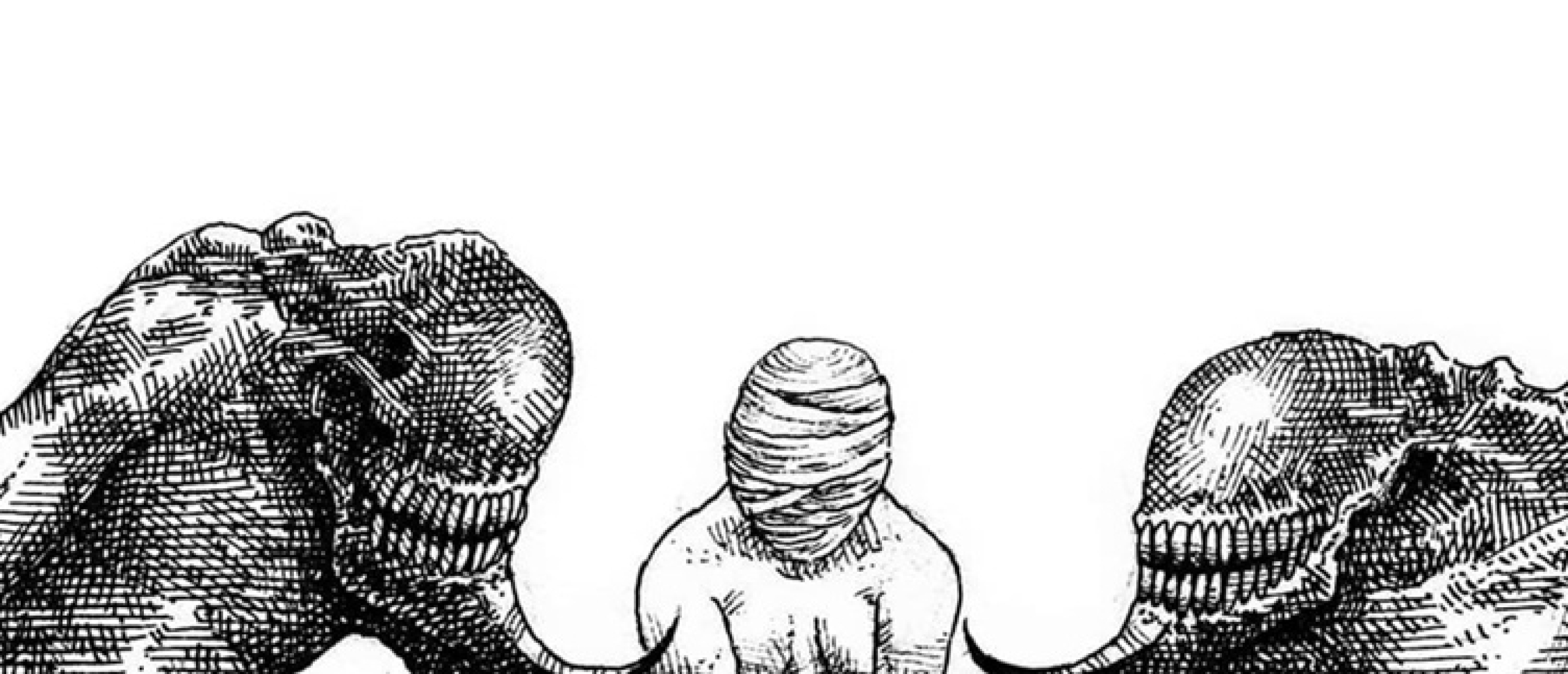
The Grotesque And the Dissolution Of Identity
One of the most intriguing characteristics of grotesque works of art is how various forms merge within them, such as human beings combined with plants and animals, presenting themselves to the viewer as a spectacle of strange and bizarre creatures, true monsters. It is fascinating to consider that during the Renaissance, artists, inspired by the imagery of the Domus Aurea, Nero’s ancient palace, depicted monstrous beings for all to see, decorating galleries and loggias, spaces that serve as thresholds between the interior and exterior. The dissolution of boundaries does not occur solely in architecture, as the creatures inhabiting these decorations, being assemblages of different beings and objects, were created precisely when the borders that once separated them were erased. In this way, 16th-century artists conceived the grotesque not merely as ornamentation, but as a means of breaking with certain artistic standards and hierarchies through the hybridism presented in their works.

Fig.1 Involuntary neo anthrope II (1990)

Fig.2 Divine Work III (1987)

Fig.3 Morphogenesis by Demetrios Vakras

Fig.4 Peripheral Solitude

Fig.5. Post Industrial Muse

Fig.6 Surrogate Mother I
Eroticism And the Grotesque
Throughout art history, the grotesque has taken on various forms and interpretations, with each artist approaching it in a unique way. However, despite evident differences between the works of different artists, common elements and techniques can be identified among those who explore the grotesque. This may be the case with the Australian artist Demetrios Vakras (born in Melbourne, Australia, in 1962), whose work reveals influences from Dalí, Magritte, and Bellmer, not passively assimilated but rather transformed as he interprets them through a perspective that blends eroticism and the grotesque, creating images that are simultaneously striking and unsettling.
By reconfiguring elements from these artists’ visual vocabularies, Demetrios Vakras constructs his own artistic universe, where human bodies merge with bones, skulls, and mechanical gears, reflecting on human existence, the passage of time, and the fragility of life. In his "Apocalypse Series," for example, his compositions depict human figures fused with mechanical structures and animal bones, creating a visual world that evokes the decay of contemporary existence and the entrapment of individuals within systems that require constant maintenance to prevent their entropic dissolution. Here, we find echoes of Jean Baudrillard’s concept of hyperreality, as Vakras’ bodies, intertwined with self-sustaining mechanisms, no longer fully belong to the realm of the human but instead become simulacra of themselves.

Fig.7 Life Support

Fig.8 Breathing Apparatus

Fig.9 Visceral Symbiosis (1993)

Fig.10 A Dark Lapse
Join Premium now and find out more about how Vakras' eroticism is deeply tied to the grotesque, the influences of Hans Bellmer and H.R. Giger, the impact of the "September 11 attacks" on the artist, his legacy and numerous additional images of Varkas' paintings, drawings and photomontages.
Demetrios Vakras has the following site
Click HERE for the biomechanical obscenity in the work of H.R. Giger
What do you think about Vakras' dark surrealism? Leave your reaction in the comment box below..!!

